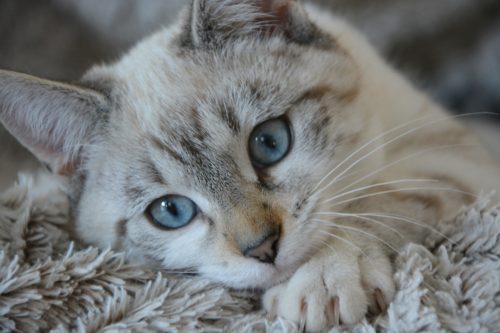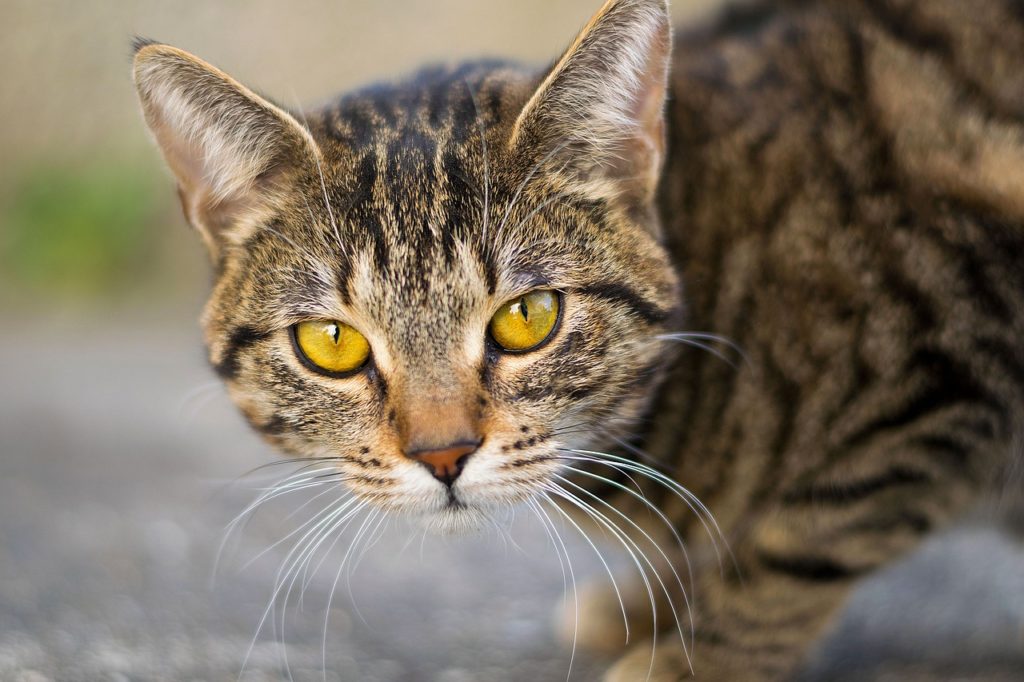Cats are notoriously fickle, forever mysterious, and often difficult creatures.
Anyone who has ever owned a cat understands that there is no understanding these amazing animals. You also know that it often feels like your cat owns you – not the other way around.
So when it comes time to initiate a change in your cat’s behavior – any change, no matter how seemingly small – odds are that any kind of change is not going to come easily, including a change to a new cat food.
Understanding all this all too well, is it possible for you to truly understand how to switch cat foods – without angering and/or alienating your feline friends?
How to Switch Your Cats Food
There’s no doubt that switching your cat’s food can be challenging. But it doesn’t have to be too difficult. Any cat, no matter how stubborn or finicky, should gradually switch to a new cat food. After all, the cat wants to eat – and eat well.
Here are some helpful tips to compel a smooth switch:
Begin the changeover by mixing the current food together with his new cat food. Gradually lower the amount of the current cat food, while adding more and more new cat food. Try doing this over a week-long, seven-day period, and be careful not to force anything too much. Trying to change your cat’s eating habits – and food – overnight could lead to digestive issues, diarrhea, or vomiting, and isn’t likely to go over too well with your pet on a psychological or behavioral level either.
If the transition goes successfully and smoothly, you should be feeding your cat only the new food at the end of a week or so.
Patience is a Virtue
Please note here, however, that if your cat has been diagnosed with some kind of digestive or gastrointestinal issue, it may actually be better to start with an immediate, or at least quicker, transition. As always, consult with your veterinarian in such special cases. This is your pet’s health and life at risk, after all.
Above all else, remember to be patient. Or at least do your best to be patient. The older the cat, the longer a food change may take to really be accepted. In some cases, you could be looking at more than a week – maybe even more than 10 days.
From Dry Food to Wet Food

Transitioning a cat from a dry food over to a wet food can prove to be quite tricky. The taste and texture of these two types of foods are very different, and such a sudden switch can confuse your cat.
So how to switch cat foods from dry to wet – without encountering too many hurdles or setbacks? Turns out there are a few tricks you can try to make this change go smoother.
For starters, try sprinkling the expected dry cat food on top of the newer wet food, until your cat becomes used to the smell of the wet food on the bottom. Next, you can try mixing the dry food into the wet food. If you want, you can even try grinding some of the dry food down into a powder, and then mix it into the wet food before serving it. Warming the wet food up a bit can also help improve the taste and texture for cats transitioning from dry to wet food.
Watch Your Cat Closely
Nobody wants a fat cat. So it’s best to make sure that your cat doesn’t just sleep and eat all day – regardless of what kind of food he is eating. Getting your cat to engage in some vigorous exercise or play for a good 10 to 15 minutes before each meal can help make sure your cat stays healthy.
During the transitional process, try to watch your cat’s activity level and weight closely. If your cat loses weight or flat-out refuses to eat during the transition, it’s best to seek the advice of a professional, and consult your trusted veterinarian.




